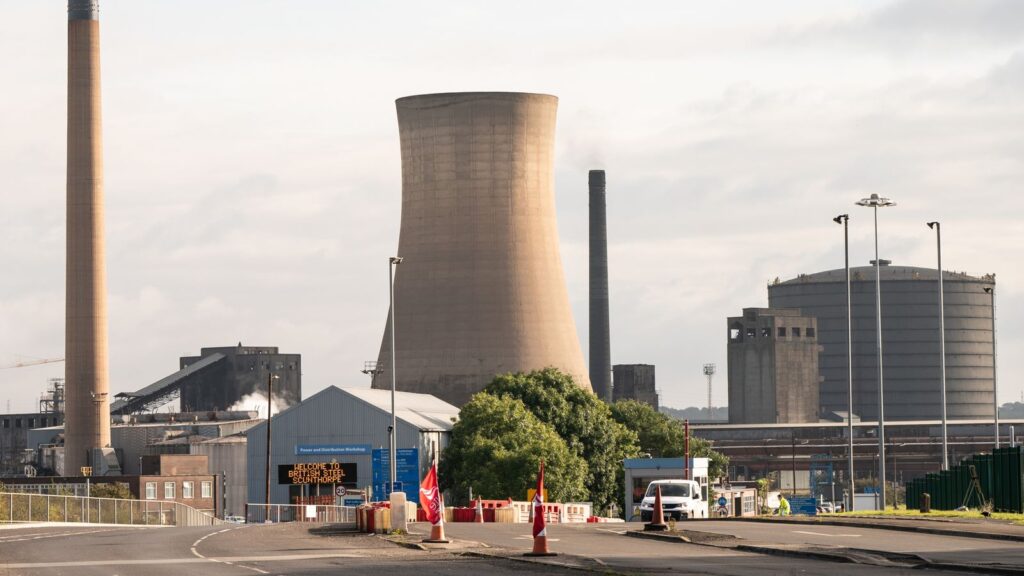As part of its ambition to reignite the UK’s manufacturing engine, the government has unveiled a sweeping 10-year Industrial Strategy designed to slash industrial energy costs, boost high-growth sectors, and restore Britain’s standing as a modern industrial powerhouse.
Framed as a “turning point” by Prime Minister Keir Starmer, the strategy hinges on a bold promise: make electricity cheaper, modernise supply chains, and drive innovation, all while keeping taxpayer costs in check.
Under the British Industrial Competitiveness Scheme, energy-intensive industries such as automotive, chemicals, aerospace, and glassmaking will see electricity bills drop significantly, by as much as 25% starting in 2027. These businesses will be exempt from legacy levies including the Renewables Obligation, Feed-in Tariffs, and the Capacity Market.
An even deeper level of support will be offered to around 500 firms under the British Industry Supercharger. From 2026, these businesses, primarily in steel, ceramics, and glass, will receive a 90% discount on electricity network charges, up from the current 60%.
“This is exactly what industry has been asking for,” said Business and Trade Secretary Jonathan Reynolds. “Energy costs and skills shortages are the biggest barriers to growth. We’ve listened and now we’re acting.”
Importantly, these reforms won’t be funded by taxpayers or added to household energy bills. Instead, the government plans to restructure the energy system to generate savings internally.
To support the expansion of manufacturing, the government will launch a Connections Accelerator Service by the end of 2025. The goal: drastically reduce the waiting time for grid connections, a major bottleneck for new factories and industrial projects.
This could be critical for avoiding supply chain disruptions, especially as manufacturers face growing demand and need faster infrastructure turnaround.
The government is also directing £1 billion of new investment into eight strategic sectors where the UK has existing strengths: advanced manufacturing, clean energy, digital and AI, life sciences, and creative industries, among others.
Key moves include:
- £4.3bn for advanced manufacturing, with £2.8bn focused on R&D to ramp up UK vehicle production and pioneer zero-emission aviation.
- £1bn for clean energy supply chains, channelled through the Great British Energy Fund.
- Over £2bn for digital and AI, including £187m to train one million people in tech and £380m for engineering biology and sustainable food technologies.
Regional strategies are also gaining traction: quantum research in Scotland, semiconductors in Wales, and cybersecurity in Northern Ireland.
Chancellor Rachel Reeves described the strategy as “a plan to grow the economy and create good jobs that put more money in people’s pockets.”

To equip the workforce for this industrial reboot, the government will invest £1.2bn annually in skills development by 2028–29. The strategy aims to create 1.1 million well-paid jobs, reduce dependence on foreign labour, and streamline migration for “elite global talent.”
The R&D budget will expand to £22.6bn per year by 2030, including £2bn dedicated to AI and £670m to quantum computing. Planning reforms are also underway to speed up approvals for factories and critical infrastructure.
These measures respond directly to long-standing concerns from industry. Stephen Phipson, CEO of Make UK, highlighted the three chronic barriers to growth: “a skills crisis, crippling energy costs and a lack of access to capital.”
Some industry leaders are cautiously optimistic. Claire Hu Weber, Vice President at Fluke Corporation, warned that grid connection delays could jeopardise the transition to clean energy.
“Without a dramatic acceleration in infrastructure readiness, we risk stalling our path to net zero,” she said. She also stressed the need for a trained workforce to support next-generation technologies.
Sectors like data centres, now classified as critical national infrastructure, are expanding rapidly and stand to benefit from the strategy, if power and land access issues can be resolved.
From steelworks to semiconductor fabs, this strategy signals a decisive shift toward rebuilding the UK’s industrial base, one backed by targeted investment, skills training, and long-overdue reforms to the energy system.
Vishavjeet Sodhi, Head of LG’s Heating & Cooling division in the UK and Ireland, summed up the challenge ahead: “There’s an urgent need to up-skill and re-skill. We need a workforce fit for the industries of the future.”
Amid economic contraction and mounting global competition, the UK’s Industrial Strategy offers a renewed sense of purpose. Whether it becomes a transformative blueprint or just another policy promise will depend on execution, follow-through and industry confidence.



